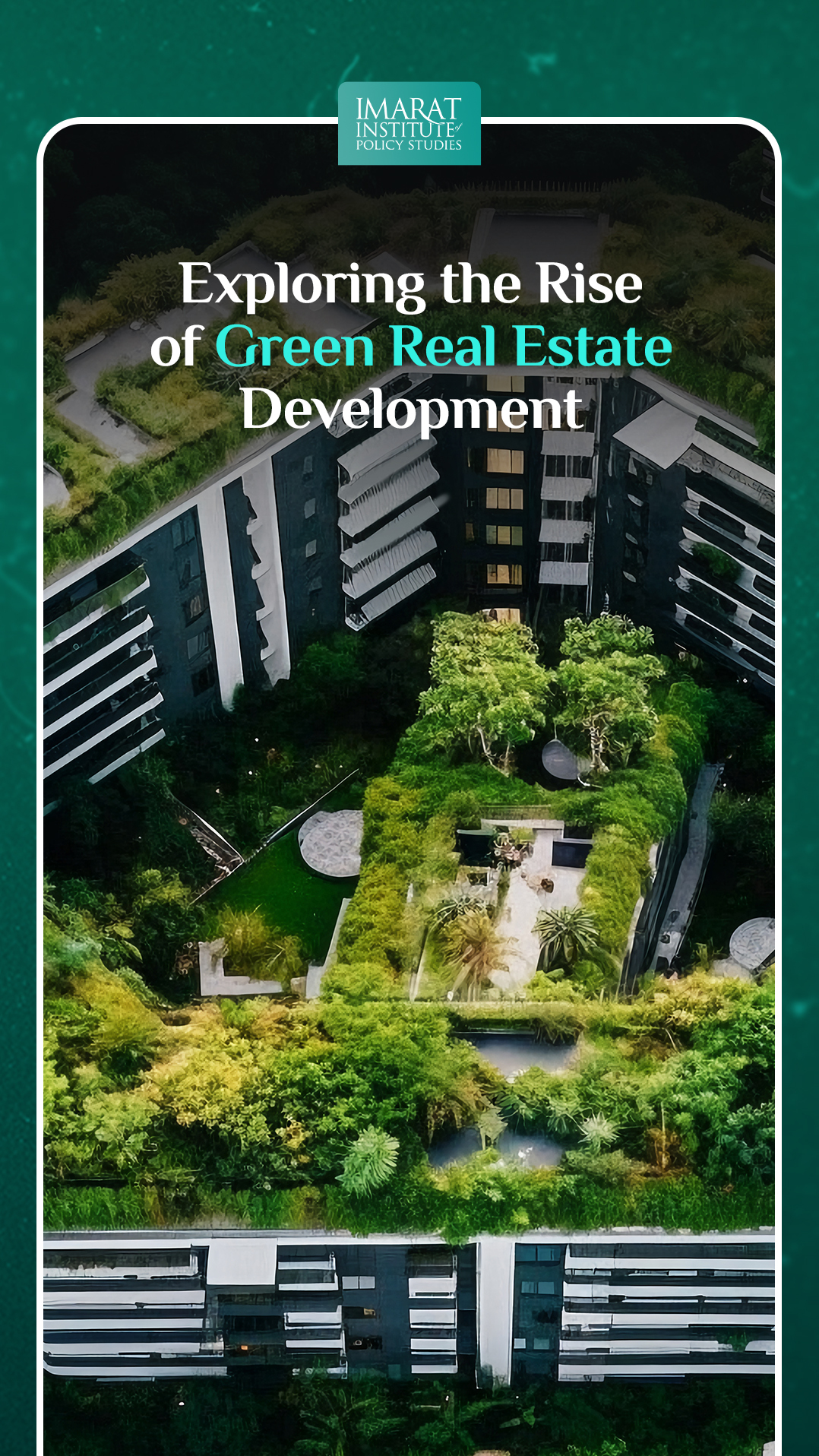In the ever-changing landscape of urban development, the transformation of traditional shopping centers into mixed-use developments represents a significant shift towards creating more integrated, sustainable, and vibrant urban spaces. This evolution is not merely about changing the physical structure but also about redefining the role of commercial spaces within the community. This detailed exploration delves into the reasons behind this transition, the benefits it brings, and the challenges it poses, offering insights into the future of urban commercial real estate.
Understanding the Shift
Historically, shopping centers served as standalone destinations focused solely on retail. Located on the outskirts of towns or in suburban areas, these centers were designed with the car in mind, often resulting in sprawling parking lots and a significant spatial separation from residential and office areas. However, changing consumer preferences, evolving urban planning philosophies, and the rise of e-commerce have prompted developers and city planners to rethink this model.
The shift towards mixed-use developments reflects a broader trend in urban planning that emphasizes walkability, density, and diversity of uses. Mixed-use developments blend residential, commercial, office, and sometimes cultural and institutional uses into a cohesive unit, often vertically integrated within the same building or complex. This approach aims to create self-sustaining ecosystems where living, working, shopping, and leisure activities coexist in close proximity.
The Catalysts for Change
Several factors have catalyzed the evolution of shopping centers into mixed-use developments:
Consumer Demand
Modern consumers favor experiences over mere transactions. They are drawn to environments that offer convenience, variety, and an engaging atmosphere. Mixed-use developments cater to these preferences by providing a blend of shopping, dining, entertainment, and living spaces.
Economic Efficiency
Mixed-use developments represent a more efficient use of land and resources. By combining multiple uses, these projects can generate a steady flow of foot traffic throughout the day, benefiting retailers and service providers, and ensuring a more stable income stream for developers.
Sustainability Goals
The compact, multi-use nature of these developments aligns with sustainability goals, reducing the need for car travel between destinations, encouraging public transit use, and supporting a more energy-efficient urban form.
Community Building
Mixed-use developments foster a sense of community by creating vibrant public spaces where people can gather, interact, and participate in various activities. This approach supports the creation of more cohesive and resilient urban communities.
The Multifaceted Benefits of Mixed-Use Developments
Revitalization of Urban Spaces
The transformation of shopping centers into mixed-use developments can breathe new life into underutilized or declining areas. By incorporating residential, office, and leisure spaces alongside retail, these developments attract a steady flow of people throughout the day, invigorating local economies and fostering community vibrancy.
Enhancing Quality of Life
By bringing together a diverse mix of services and amenities, mixed-use developments offer unparalleled convenience, allowing residents to live, work, and play in close proximity. This integration enhances the quality of urban life, making cities more livable and appealing.
Economic Diversification and Resilience
The diversified nature of mixed-use developments ensures a more stable economic foundation, reducing the reliance on a single sector and thereby mitigating the risks associated with economic fluctuations. This resilience is crucial for the long-term sustainability of urban centers.
Navigating Challenges in the Evolution
Despite their considerable benefits, transforming shopping centers into mixed-use developments is fraught with challenges. Regulatory hurdles, such as zoning laws that may not accommodate mixed uses, can impede development. The financial complexity of funding and managing mixed-use projects, which must cater to different types of tenants and usage patterns, presents another significant challenge. Moreover, achieving the right balance of residential, commercial, and recreational spaces requires meticulous planning and market insight to ensure the development meets community needs and preferences.
Looking Forward: The Future of Mixed-Use Developments
As we look to the future, mixed-use developments are likely to play an increasingly central role in urban planning and development. Technological advancements, such as smart building technologies and enhanced mobility solutions, will further enhance the functionality and appeal of these spaces. Moreover, as cities continue to grapple with growth, sustainability, and quality of life issues, mixed-use developments offer a promising path towards creating more livable, dynamic, and integrated urban environments.
Conclusion
The evolution of shopping centers into mixed-use developments reflects a profound shift in how we envision and construct our urban spaces. By blending various aspects of daily life into cohesive, multifunctional environments, these developments offer a blueprint for the future of urban commercial real estate—a future that is vibrant, sustainable, and deeply interconnected.
This article is written by Radma Nouman. Radma is a research analyst at the Iqbal Institute of Policy Studies (IIPS).



Leave a Reply